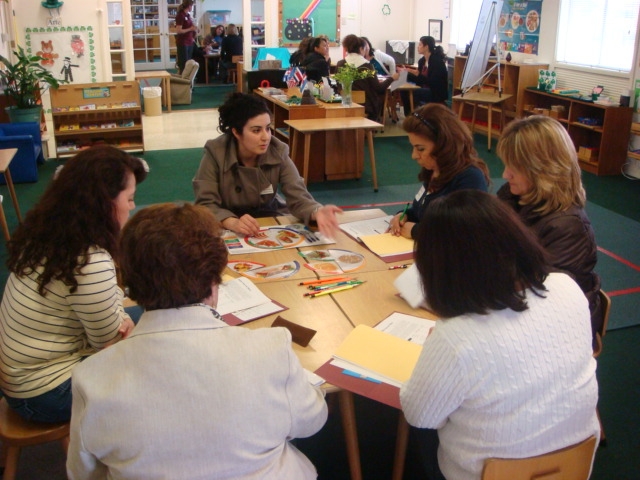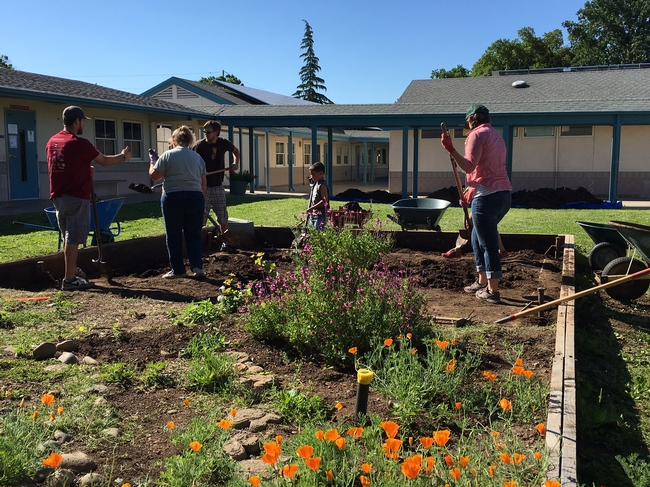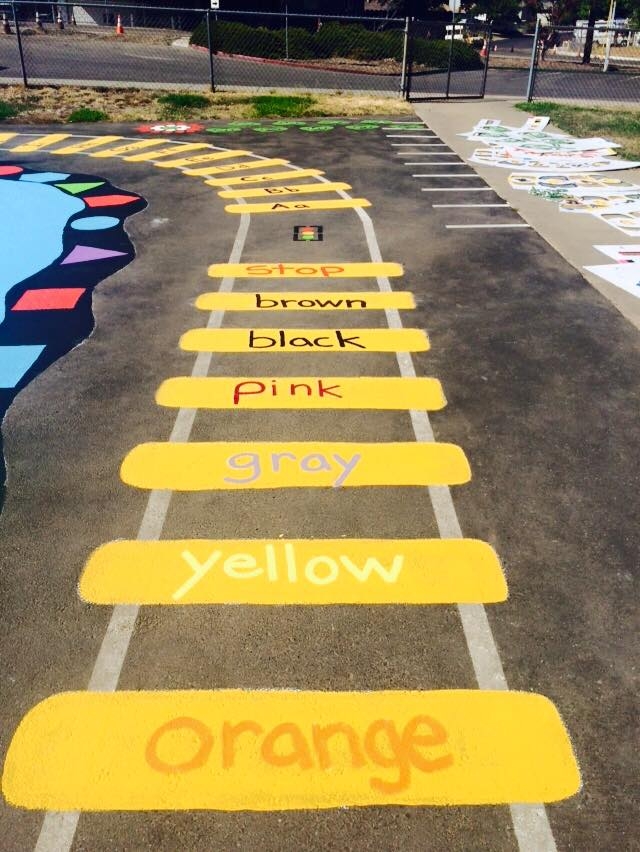The power of listening: Working for positive change in SNAP-Ed communities
Change takes time. There are frequently obstacles. But when it occurs, it can be satisfying.
This year, over 1,000 participant quotes from adults in the UC CalFresh Nutrition Education Program chart a course for change. In the food eaten, beverages consumed, or daily exercises undertaken, participants describe a desire to take a new approach, or be more conscious of the little daily decisions that can make all the difference in health.
In 2015, UC CalFresh programs were delivered in 891 sites. The majority of sites were education-oriented, with 78 percent being either public schools, preschools, adult education, or Head Start programs.
“This class changed eating habits for my family and friends." - Eating Smart Being Active class, Fresno County
“This class was very informative and it gave me tips and ideas on how to stay healthy, how to be active with our children and also great recipes! I enjoyed the class and will use their tips and ideas when thinking about my diet.” - Eating Smart Being Active class, Fresno County
Many quotes express thanks for a program that offers evidence-based curricula to help improve food resource management – budgeting for healthy food while on the Supplemental Nutrition Assistance Program (SNAP - formerly food stamps) or offer recipes that are tasty on a limited budget. Some quotes reflect on what was learned, and how to continue making decisions that “stay the course” in healthy food selection and preparation. And then, there are those that thank dedicated educators, such as this one:
“My first time here at the nutrition class was April 21. All of the information taught by Julie was important and I learned about eating better, making simple quick healthy meals. My granddaughter walked into the class for the last 10 minutes. She tasted some of the meal and she said, 'Yum -- very good. Grandma can we take some home.' I told her we had the recipe and she asked to go buy the ingredients and make some at home because it was very good and she wanted to eat more. She helped me buy ingredients and helped me prepare the meal. She ate 2 bowls …She wants to try other healthy meals. Thank you for providing this nutrition program to share with us!” - Plan Shop Save and Cook class, Kings County
Occasionally, there are inspirational stories that touch our hearts and make us re-dedicate ourselves each day to our work:
“My son is a kindergartener. He is also autistic with many sensory issues! He only eats certain things (like chips, pop tarts, canned soup and raviolis). The UC CalFresh educator, Mrs. Carter, came in to do a nutrition taste test with the students today and, to my surprise, my son ate edamame willingly. He said it was awesome! For me, this is a big milestone! It could be the start of trying new foods! I love this program… It's great for all kids!” - Healthy Happy Me class, Placer County
Moving from individual education to policy, systems and environmental change agents
In the past few years, UC CalFresh has increasingly worked on developing programs that have policy, systems and environmental change approaches. However, the stories told by participants illustrate the importance of building our programs from a foundation of direct education.
In this effort, UC CalFresh uses a “school as the hub” model in communities. Schools are seen as pivotal arenas for nutrition education that can also influence broader policy, systems, and environmental change. Through classroom nutrition education with students, and after-school programs for their families, schools generate the potential to reach different age groups in the community effectively.
A school is a powerful environment for learning, growth and community engagement - from school gardens to work with food service directors creating nutritious meals and enhancing the cafeteria environment, to playground activities with stenciling and murals reflecting healthy choices. Opportunities abound to generate change in perspectives on food choices, physical activity, and healthy living.
Assisting communities to build capacity for sustainable change
As we work with communities to build capacity in the areas described above, over time, a transition has the opportunity to take effect whereby local leaders - principals, teachers, parents, grandparents and students - motivated by the desire to embrace long-lasting healthy changes in their family and community - act as role models and change agents. This fundamental shift moves institutional initiative and strategies into “community-based systems change.” And the seeds of this change began with a lesson, a child, a parent, an educator … a simple quote.
This story en español.





Regards - GPROBI
Posted by Habibur Rahman on December 7, 2016 at 2:44 PM